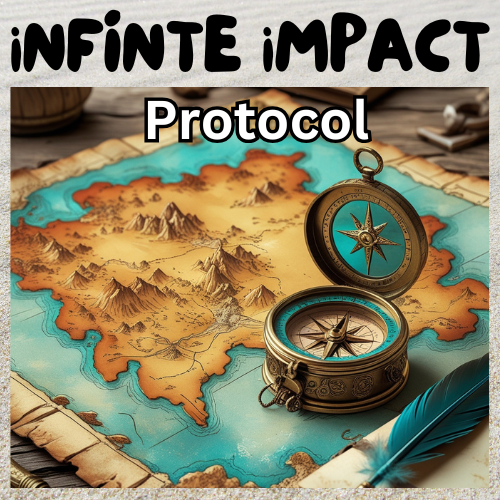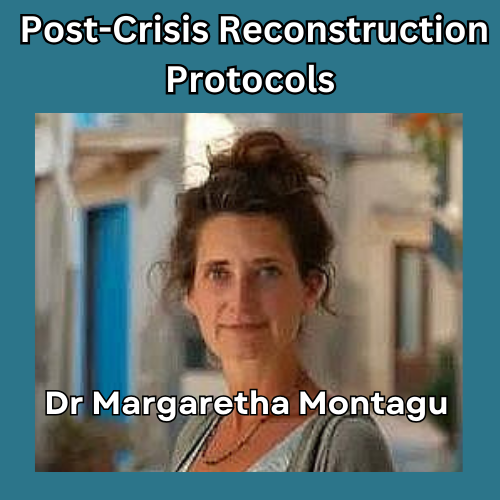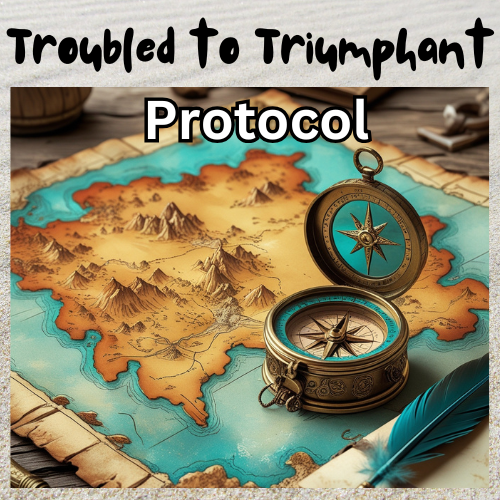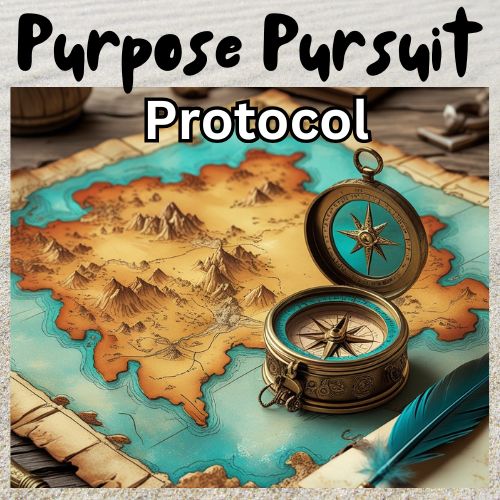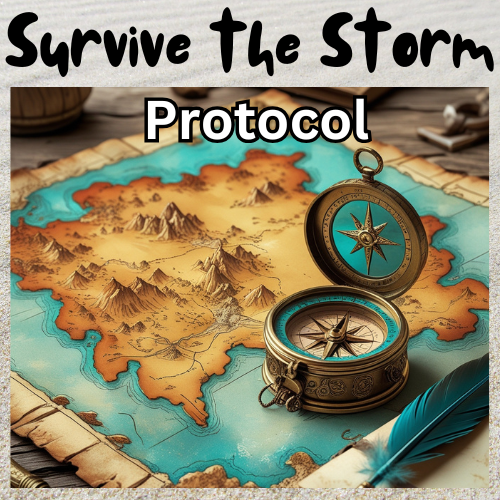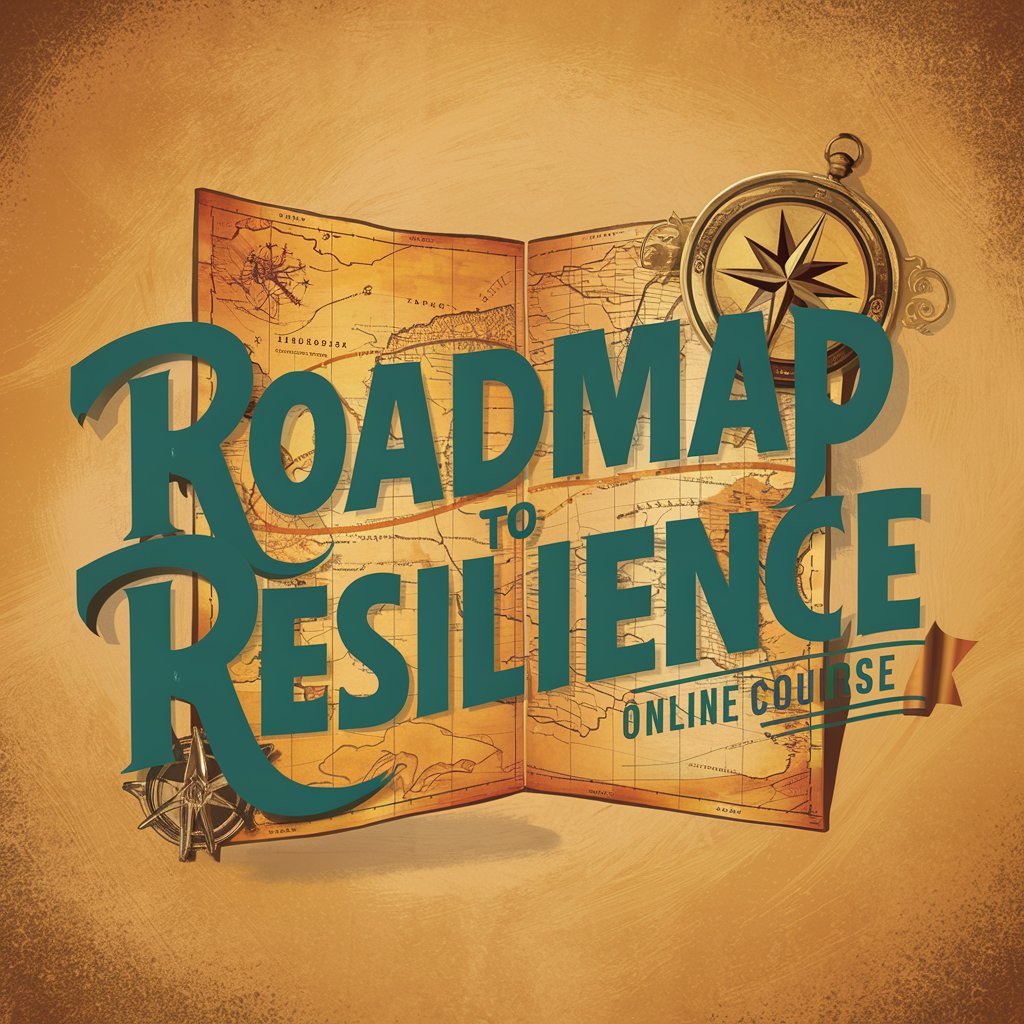Because sometimes, hot cocoa, reading under a weighted blanket and candle-lit bubble baths just don’t cut it.
Winter. I keep telling myself how spectacularly beautiful winter is this year, and how much I have to be grateful for, despite stepping knee-deep into a vile superglue-sticky mud soup each time I put the horses back into their paddock.
Sigh. Winter is not going well this year.
Ironically, and annoyingly contradictorily, during my hibernation this year, I’m working on my iNFINITE iMPACT Mentoring Program, which is all about living purposeful, meaningful and impactful lives.
So I decided I had better write a blog post to cheer us all up. Winter might be cold, but it doesn’t have to be dull. Try a few of these suggestions, and hopefully, your February will end up being less bleak-and-blue.
21 Unconventional Suggestions to help you cope with the Winter Blues:
- Create an indoor tropical paradise by transforming your bathroom into a spa-like environment. Run a hot shower to create steam, add tropical plants like orchids that thrive in humidity, play rainforest sounds, and use citrus-scented products. Spend 20 minutes each morning in your “personal tropics” to trick your mind into feeling like you’re somewhere warm and sunny.
- Start a “reverse hibernation” routine where you embrace being awake during the darkest hours. Wake up two hours before sunrise to accomplish creative tasks when the world is quiet and still. This reframes darkness as a special, productive time rather than something to dread. I’ll be awake anyway, so I might as well try it.
- Develop a relationship with a specific winter tree near your home. Visit it daily, photograph its changes, write about it, or sketch it. Learning to see beauty in its bare branches and watching for subtle changes helps shift perspective on winter from bleakness to rejuvenation.
- Create “light paintings” using long-exposure photography and LED lights in the dark winter evenings. This turns early sunsets into an opportunity for creative expression and produces stunning visual art that celebrates rather than resents the darkness.
- Start an indoor micro-greens garden specifically arranged to spell out positive words or create simple pictures. The act of growing something visually meaningful combines the mood-boosting effects of gardening with daily positive affirmations you can literally watch grow.
- Practice “weather empathy” by imagining yourself as different winter elements – become a snowflake, a frozen lake, or a bare tree. Spend 10 minutes daily moving, breathing, and experiencing the world as these elements. This mindfulness practice helps develop a deeper connection to winter’s essence.
- Create a “summer memory time capsule” with sand, seashells, and beach photos, but only allow yourself to open and experience it during specific challenging winter moments. This controlled access makes the summer connection more potent and special.
- Develop a winter-specific art practice using only materials found outside during winter – ice sculptures, frost drawings on windows, or arrangements of bare twigs. This transforms winter’s stark elements into sources of beauty and creativity.
- Start a “darkness diary” where you specifically document positive experiences -winter miracles-that could only happen in winter darkness – stargazing, seeing holiday lights, observing nocturnal animals. This reframes darkness as a unique opportunity rather than a SEVERE limitation.
- Create a “reverse seasonal wardrobe” by wearing your brightest summer clothes inside, layered. The secret pop of summer colours can provide a psychological boost, and the contrast becomes a personal, hidden celebration of seasonal dynamics.
- Develop a “snow sound” or “winter sound” library” by recording different types of snow – crunching footsteps, falling flakes, melting drops. Use these recordings to create unique winter meditation soundscapes that celebrate winter’s acoustic qualities.
- Practice “frost farming” by setting up different surfaces outside overnight to collect frost patterns, then document the unique crystalline formations each morning. This turns winter’s cold into an artistic collaboration with nature.
- Create a “warmth map” of your city or neighbourhood, finding and documenting all the places that offer unique types of warmth – the heat from a bakery’s vents, sunny window seats in cafes, or heated bus stop benches. This turns winter navigation into an urban adventure.
- Start a “winter flavour laboratory” where you specifically develop and test recipes that can only be made in cold temperatures – thick, creamy winter soup made from winter vegetables. This makes cold temperatures feel like a culinary asset.
- Develop a “shadow appreciation habit” during the low winter sun. Use the long shadows to create stories, measure time, or make art. This transforms the winter light conditions from a limitation into a unique creative tool.
- Create a “negative space garden” using dark fabrics and white or light-coloured plants like white orchids, peace lilies, and silver-leaved plants. This inverted colour scheme helps embrace winter’s stark contrasts while creating a living art installation that thrives in indoor light conditions.
- Develop a “cold-air aromatherapy” practice by preparing specific scent combinations that are only released outdoors in cold temperatures. Fill small muslin bags with winter-specific scents like pine, mint, and cedar, which become more potent when exposed to cold air, creating signature winter-only sensory experiences.
- Institute a “winter movement cartography” practice where you map your daily movements differently based on temperature, creating abstract art pieces that document your relationship with winter weather. Use different colors for various temperature ranges and line weights for wind conditions, transforming weather data into personal art.
- Establish a “frost window gallery” by deliberately creating conditions for frost patterns on specific windows, then using these as evolving backdrops for photography or meditation. Control the patterns by varying humidity and temperature near different sections of the window, creating intentional natural ice art.
- Practice “winter acoustics architecture” by finding and documenting how winter conditions change the sound landscape of your environment. Snow dampens some sounds while making others more prominent, and frozen lakes and trees create unique acoustic spaces. Create recordings or compositions that can only be replicated during winter conditions.
These approaches work by actively engaging with winter’s unique characteristics rather than just trying to endure them. They help transform the winter blues from something to survive into something to mindfully explore and appreciate in its own right.
Disclaimer: These affirmations are not a substitute for professional help or treatment. If you’re struggling with seasonal affective disorder (SAD) or any other mental health issue, please seek support from a licensed therapist.
Apart from working on my mentoring program, I’m also updating my 5- and 7-day Camino de Santiago walking retreats here in the southwest of France. It’s a great way to escape to a warmer future. This should be unconventional suggestion no 21 really: Plan a Camino de Santiago walking retreat in the Spring.
- Transform winter blues into purposeful preparation for a soul-stirring Camino de Santiago walking retreat through southwest France. The full 6-week pilgrimage starts in Le Puy Route (Via Podiensis), one of the most scenic and historically meaningful paths through France to Santiago de Compostela.
- Begin by creating a detailed walking training schedule that mirrors the Camino’s terrain. Start with local hills and gradually increase distance, wearing your actual pilgrimage gear.
- Study medieval French pilgrimage history during dark evenings. Learn about the route’s sacred sites like the cathedral in Auch, the abbey of Flaran, and the Roman town of Eauze, dating from the year 400. Create a personal guidebook highlighting places that resonate with you.
- Practice relevant French phrases daily, focusing on pilgrim-specific vocabulary. Learn traditional pilgrim greetings and the vocabulary you’ll need while you walk.
- Prepare your “pilgrim’s kit” throughout winter – breaking in boots, testing different socks, finding the perfect backpack. Each item selection becomes a mindful decision rather than just last-minute shopping.
- Start cooking meals based on French regional cuisine (Gascon) you’ll encounter – croustade, magret, confit de canard. This connects you to your future walk by taste while developing practical knowledge of local food traditions.
- Create a wall map marking the major stops -Eauze, Nogaro, Aire-sur-Adour – and track your training progress in relation to actual Camino stages. Research the region’s weather to understand how your current conditions compare to what you might face on the trail.
- Join online Camino communities and connect with other winter-training pilgrims, sharing preparation strategies and building anticipation together. Consider keeping a “pre-pilgrimage journal” documenting your physical and spiritual preparation journey.
- From Troubled to Triumphant: Finding Solid Ground During a Life Quake Retreat
- Walking and Writing Retreat: Find Insight and Inspiration with Every Step
- Tick-off-Your-Bucket-List Camino de Santiago Walking Retreat
- Book Lover’s Binge Reading Retreat and Christmas Binge Reading Retreat
The key aspect is viewing winter not as a barrier but as essential preparation time for this epic experience. Every cold-weather walk becomes a walking meditation, every dark evening an opportunity to plan and prepare. This transforms winter from a season to endure into a crucial period of preparation for a life-changing pilgrimage.

Author Bio: Dr Margaretha Montagu – described as a “game changer”, “gifted healer”, “guiding light” and “life-enriching author” – is an experienced medical doctor, a certified NLP practitioner, a medical hypnotherapist, an equine-assisted psychotherapist (EAGALAcertified) and a transformational retreat leader who guides her clients through life transitions – virtually, or with the assistance of her Friesian and Falabella horses, at their home in the southwest of France.
Get rid of the nagging emptiness of “Is this all there is?” and step into a life where your accomplishments feel as purposeful, meaningful and fulfilling as they are impressive. This unique mentoring program empowers you to unearth the mission that sets your soul on fire and aligns your life with what truly matters to you—beyond success metrics and societal expectations.
